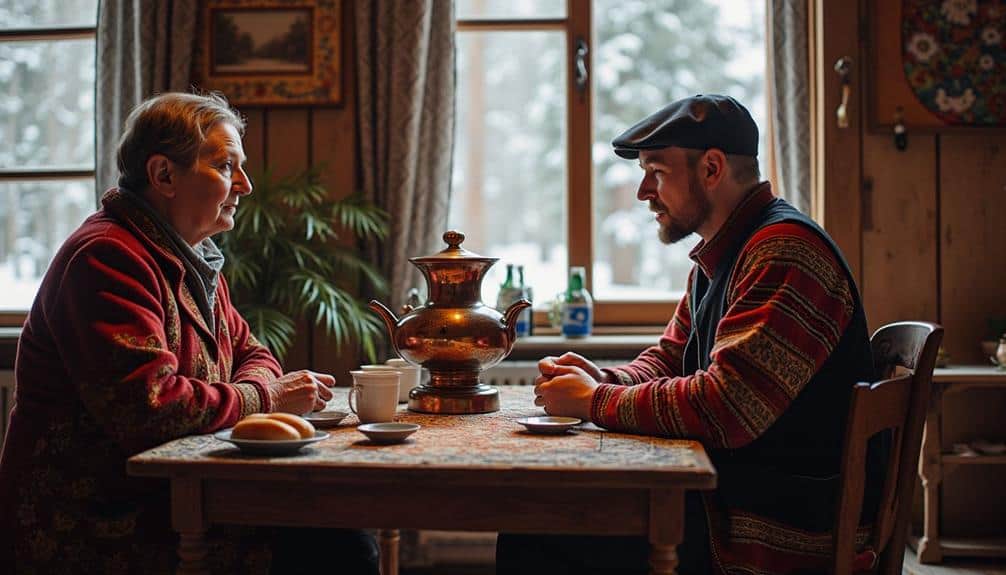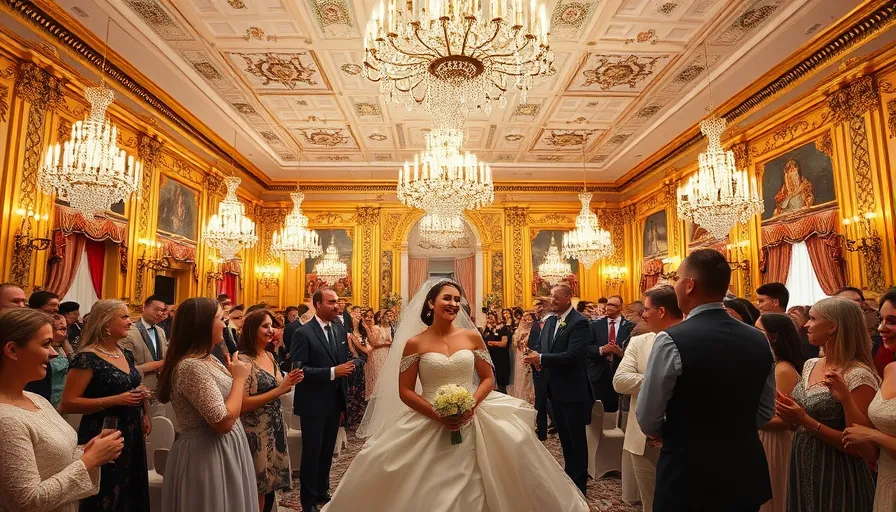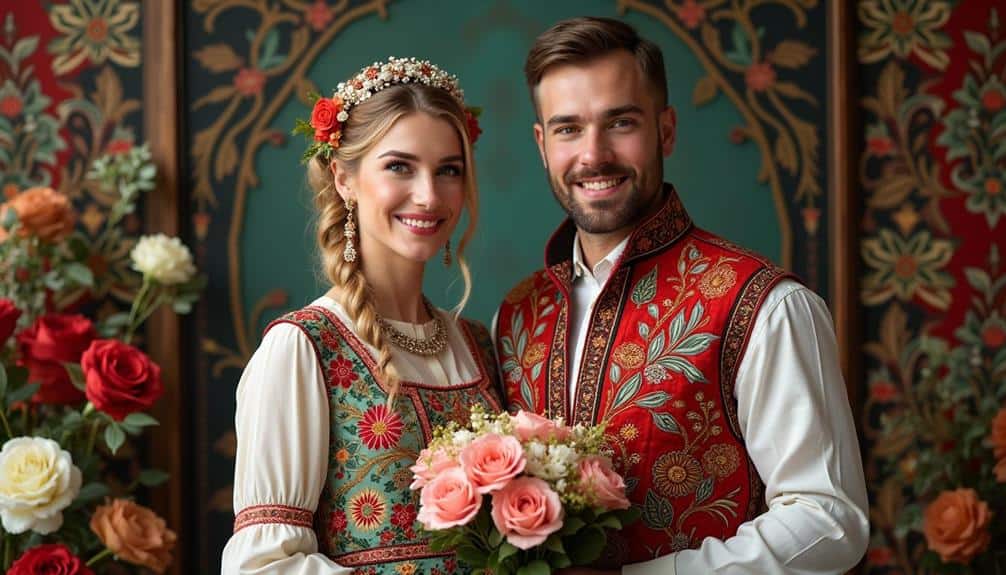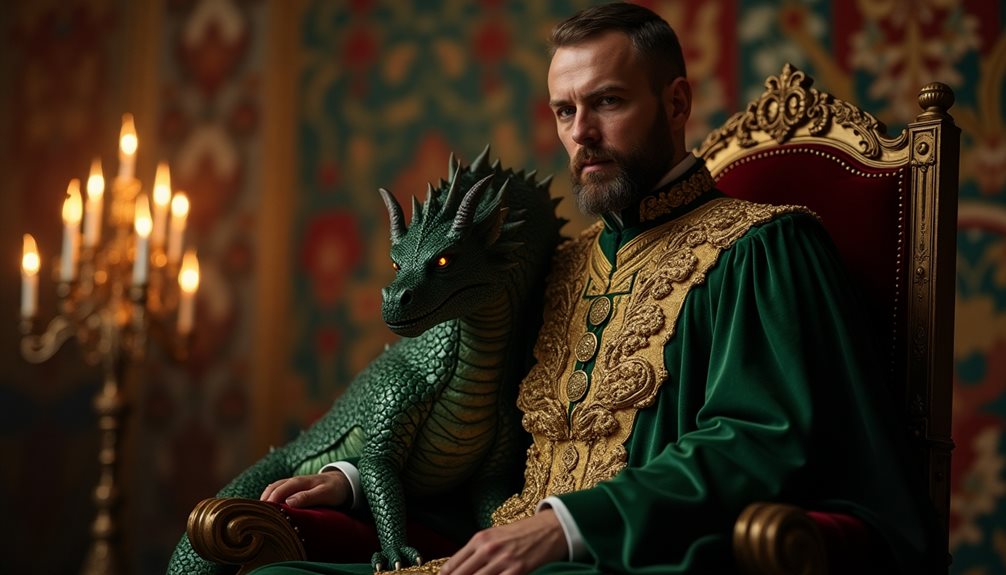Russian wedding traditions offer a fascinating tapestry of cultural practices that extend far beyond the ceremony itself, beginning with the age-old process of matchmaking and a deeply symbolic engagement ceremony that emphasizes familial approval. One particularly intriguing custom is the “bride’s ransom” game, where the groom must prove his commitment through playful challenges. The wedding day itself is a blend of formalities and celebrations, featuring traditional attire and a lavish feast. However, the true essence of these traditions unfolds in the days following the wedding, as families engage in extended celebrations filled with music, food, and heartfelt toasts.
Matchmaking and Proposal

How do Russian wedding traditions begin? The journey to matrimony in Russia often commences with intricate matchmaking rituals that hold substantial cultural significance.
Historically, the matchmaking process, known as “svatovstvo,” involved a mediator, typically a respected elder or family friend, who would approach the prospective bride’s family with a marriage proposal. This practice underscores the collective values and familial bonds essential in Russian culture.
Matchmaking rituals serve a dual purpose: they not only initiate the union of two individuals but also symbolize the merging of their families and social spheres. The role of the matchmaker is vital; they navigate delicate negotiations, ensuring compatibility and mutual respect between the parties involved.
This tradition, though less common in contemporary urban settings, still thrives in rural areas where customs are preserved with fervor.
The cultural significance of these rituals cannot be overstated. They reflect deep-rooted respect for tradition, community, and the collective well-being of families.
In an age where personal freedom and autonomy are highly cherished, understanding and appreciating these customs provides a window into the values that shape Russian society. Through these time-honored practices, the essence of unity and shared heritage is profoundly celebrated.
Engagement Ceremony
The engagement ceremony, an integral part of Russian wedding traditions, marks the formal agreement between families and the impending union of the couple. This significant event is steeped in cultural nuances and serves as a bridge between the proposal and the wedding day. The ceremony often takes place at the bride’s home, where both families convene to celebrate the couple’s commitment.
Central to the engagement ceremony are the engagement rings, which symbolize the mutual promises made. The exchanging of these rings not only solidifies the couple’s bond but also acts as a public declaration of their intent to marry. This exchange is often accompanied by the blessing of the parents, underscoring the importance of familial approval and support.
Additionally, the engagement ceremony involves various pre wedding rituals that add layers of meaning and festivity to the occasion. These may include toasts, traditional songs, and the sharing of bread and salt, symbolizing hospitality and prosperity. Such rituals serve to weave the couple into the rich tapestry of Russian cultural heritage, while also allowing them the freedom to infuse their own contemporary touches.
Thus, the engagement ceremony is a harmonious blend of tradition and personal expression, setting the stage for the upcoming nuptials.
Bridal Ransom Game

A delightful and playful tradition in Russian weddings is the Bridal Ransom Game, known locally as “vykup nevesty.” This lively pre-wedding ritual involves the groom and his entourage arriving at the bride’s home to “ransom” her from her family and friends. The event is filled with bridal humor as the groom must pass a series of lighthearted tests and challenges designed to prove his worthiness and devotion to his bride. These tasks often include answering questions about the bride, performing humorous feats, or offering symbolic “ransom” gifts.
The cultural significance of the Bridal Ransom Game is deeply rooted in Russian history and folklore. It symbolizes the groom’s willingness to overcome obstacles and demonstrates his commitment to his future wife.
The bride’s family and friends playfully act as gatekeepers, adding an element of entertainment and camaraderie to the proceedings. This ritual not only sets a joyous tone for the wedding celebrations but also reinforces the communal bonds among family and friends.
For an audience that desires freedom, the Bridal Ransom Game embodies both the joy of choice and the value of perseverance. It highlights the importance of love, humor, and tradition in the journey towards marital union.
The Wedding Day
On the day of the wedding, Russian couples often immerse themselves in a blend of rich traditions and heartfelt celebrations. The day typically begins with the groom initiating a journey to the bride’s home, where he must navigate a series of playful challenges in a custom known as the bridal ransom. This light-hearted ritual sets the tone for a day filled with symbolic acts and meaningful ceremonies.
Following the bridal ransom, the couple proceeds to a civil ceremony at the ZAGS (Civil Registry Office), where they legally formalize their union. This step underscores the cultural significance of legal recognition in Russian wedding rituals. Friends and family gather to witness this pivotal moment, adding an air of solemnity and joy.
Post-ceremony, the newlyweds engage in traditional activities such as breaking a karavay (a special bread) to signify prosperity and unity. The couple’s ability to break the bread evenly reflects their future harmony.
This act, along with the communal toast and the shared glass of champagne, weaves together elements of celebration and deep-rooted cultural significance.
Traditional Attire

Traditional attire in Russian weddings is a vivid reflection of the country’s rich cultural heritage and regional diversity. Each ensemble is imbued with cultural symbolism and traditional colors, making the attire not just a matter of aesthetics, but a meaningful expression of identity and history.
The bride’s dress, often white in contemporary times, used to be red, symbolizing beauty and fertility. This traditional color choice was believed to bring good fortune and prosperity to the newlyweds. Embroidered with intricate patterns, the dress frequently features motifs such as flowers and birds, each carrying specific cultural meanings.
The kokoshnik, a traditional headdress, is another iconic element, adorned with pearls and gold thread, signifying purity and nobility.
The groom’s attire traditionally includes a shirt called a kosovorotka, often in red or white, embellished with embroidery that matches the bride’s dress. The pants are typically dark, providing a striking contrast. A sash tied around the waist completes the ensemble, symbolizing strength and protection.
Together, these garments not only highlight the aesthetic richness of Russian weddings but also serve as a reflection of the deep cultural roots and enduring traditions that continue to shape modern celebrations.
Wedding Feast
Brimming with cultural significance, the wedding feast is a cornerstone of Russian matrimonial celebrations, embodying the warmth and hospitality for which the culture is renowned. Set against a backdrop of joy and conviviality, the feast is more than just a meal; it is an elaborate showcase of Russia’s culinary heritage and a reflection of communal spirit.
Traditional dishes are central to the wedding feast, featuring a plethora of hearty and flavorful foods that satisfy both body and soul. Pelmeni, delicate dumplings filled with meat, and blini, thin pancakes often served with caviar or sour cream, grace the tables alongside a rich selection of meats, fish, and salads. The centerpiece is often a lavishly decorated roast, symbolizing abundance and prosperity.
The festive atmosphere is palpable, with tables laden with food and drink, laughter filling the air, and music that invites guests to dance and revel. The decor often includes vibrant colors and traditional motifs, further enhancing the celebratory mood.
This feast is not just a banquet; it is a living tapestry of Russian customs, where every bite and smile contribute to the collective joy and freedom that define the occasion.
Ceremonial Toasts

Ceremonial toasts, a pivotal element of Russian wedding traditions, are imbued with heartfelt emotions and well-wishes for the newlyweds.
These toasts serve not only as a means of congratulating the bride and groom but also as an opportunity for family and friends to express their hopes for the couple’s future.
Toasting etiquette in Russian weddings is a blend of respect, creativity, and spontaneity, ensuring that each toast is a unique and memorable contribution to the celebration.
Typically led by the toastmaster, or “tamada,” the series of toasts begins with close family members and gradually extends to friends and other guests.
Each speaker rises, raises their glass, and delivers a speech that often includes anecdotes, blessings, and advice.
The toasts are interspersed with celebratory songs, which add a festive and communal spirit to the proceedings.
These songs, often traditional and well-known among the guests, encourage everyone to join in and celebrate the joyous occasion together.
Post-Wedding Customs
Following the wedding ceremony and the lively reception, Russian post-wedding customs continue to honor the newlyweds and solidify their bond in the eyes of family and community. One significant tradition involves the couple visiting important landmarks or places of personal significance, often accompanied by close friends and family. This act symbolizes the couple’s new journey and shared future.
Another cherished custom is the “bride’s ransom,” where the groom demonstrates his dedication by overcoming playful challenges set by the bride’s family. This lighthearted interaction strengthens family dynamics and fosters unity between both families.
Post-wedding celebrations often extend over multiple days, reflecting the joyous nature of Russian weddings. One popular event is the “second day” gathering, which is less formal and allows for relaxed interaction among the guests. This day typically features continued feasting, music, and dancing, further cementing the bond between the newlyweds and their extended families.
Moreover, the newlyweds may partake in the “sweet table” tradition, where they share a variety of desserts with their guests. Such customs emphasize the importance of community and the collective joy in celebrating the couple’s union, ensuring that the spirit of the wedding lingers long after the festivities conclude.




